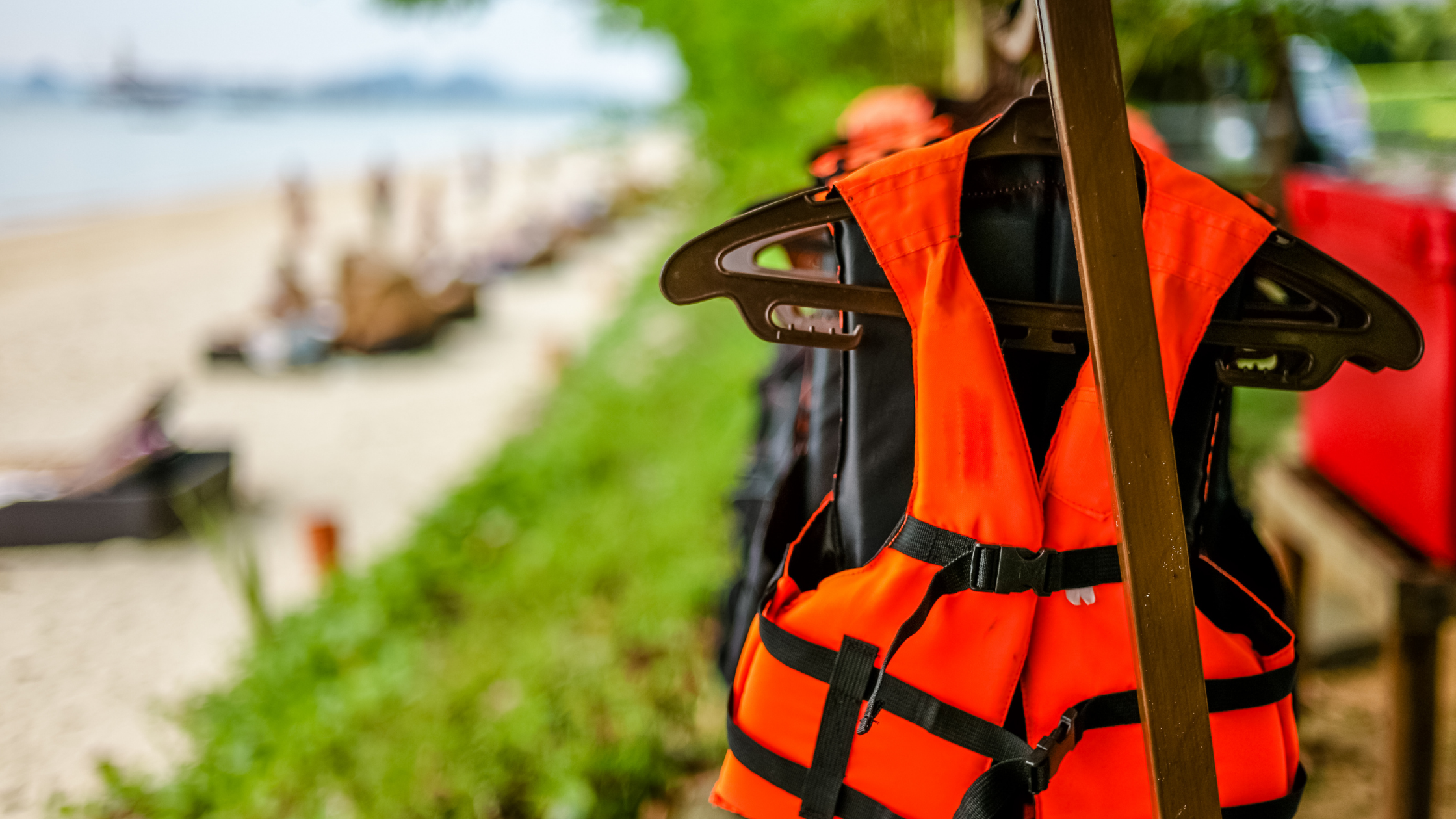
A groundhog named Punxsutawney Phil saw his irksome shadow, predicting winter weather until the middle of March. The good news? Phil is correct only 39% of the time! And boaters are optimists by nature – as in “Oh, that won’t break!” and “The weather looks fine!”. So now is the time to start getting your boat ready for Spring. And as you check off your Spring boating checklist, you can daydream of upcoming fun and sun on our lakes, waterways, and oceans.
After a long winter, the temptation is strong to just wing it – pull your boat out of storage and hope for the best. Take it from us, it’s not a good idea. The truth is, it doesn’t take a whole lot of time or effort to get your boat suitably prepped for the season. As long as you took the time to properly winterize it in the fall, it can be checked and in ship-shape in no time.
Here’s Snag-A-Slip’s very manageable boating checklist of things you’ll need to do, or have done, before sailing into the sunset. Keep in mind that tasks will vary depending on the boat you own, and the type of boating you do. Regardless of whether you’re a do-it-yourselfer or you have the maintenance professionals at the marina handle these tasks, make sure all the boxes have been checked.
Snag-A-Slip’s Spring Boating Checklist
Important Documents
Pull out your license, registration, and other important documents to see if they’re up to date. If you have a new driver this year, take the time to help them learn the boat well, and consider having them take a safety boating course for good measure.
Life Jackets
Check your Personal Flotation Devices (PFDs) making sure they’re in good condition, you have enough, and you have the appropriate sizes for everyone.
Flares and Fire Extinguishers
Make sure all fire extinguishers are the right class for your boat, and fully charged and mounted in the proper locations. While you’re at it, check that your flares have not expired.
Ropes and Lines
Look at your lines, checking for damage, chafing, or deterioration. Replace any that don’t pass muster.
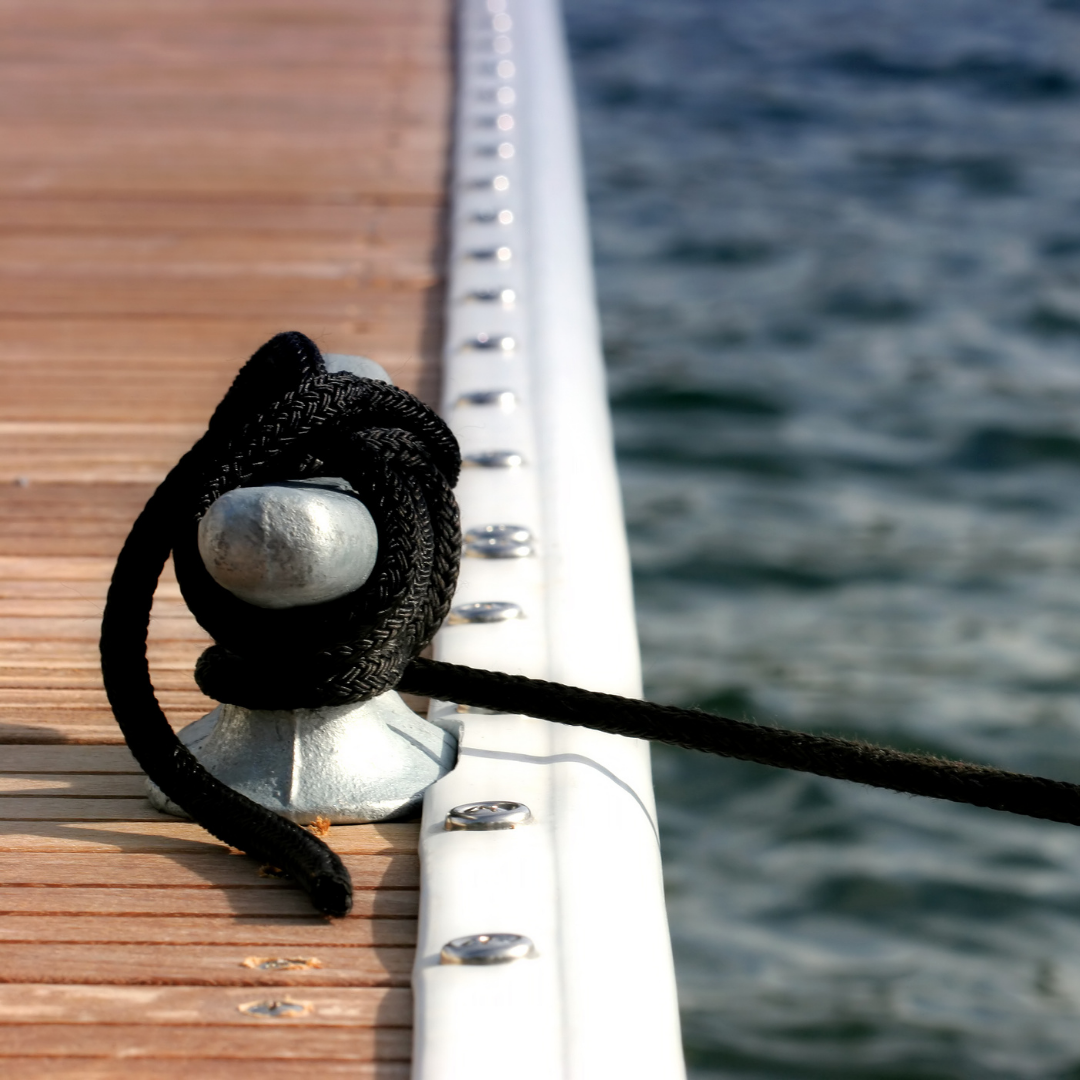
Charts and Maps
Be sure your charts and maps are ready when you need them by updating or replacing them when necessary.
Kill Switch
A properly working kill switch is a must. Test it to be absolutely sure it will work when you need it to.
Emergency Lights
Inspect your emergency lights and signal devices to make sure they’re still working. While you’re at it, change the batteries.
Running Lights
You want your running lights in working order. So, turn them on and take a look. Always replace any blown-out bulbs.
Battery
Inspect and clean all battery connections, and check the date – you’ll want to replace a battery that is older than three years.
Hoses and Clamps
Examine all hoses and clamps, replacing as necessary.
Propellers
Take a good look at your propellers, scanning for dings and cracks. They may seem small and trivial, but they can cause vibration and damage your drive train.
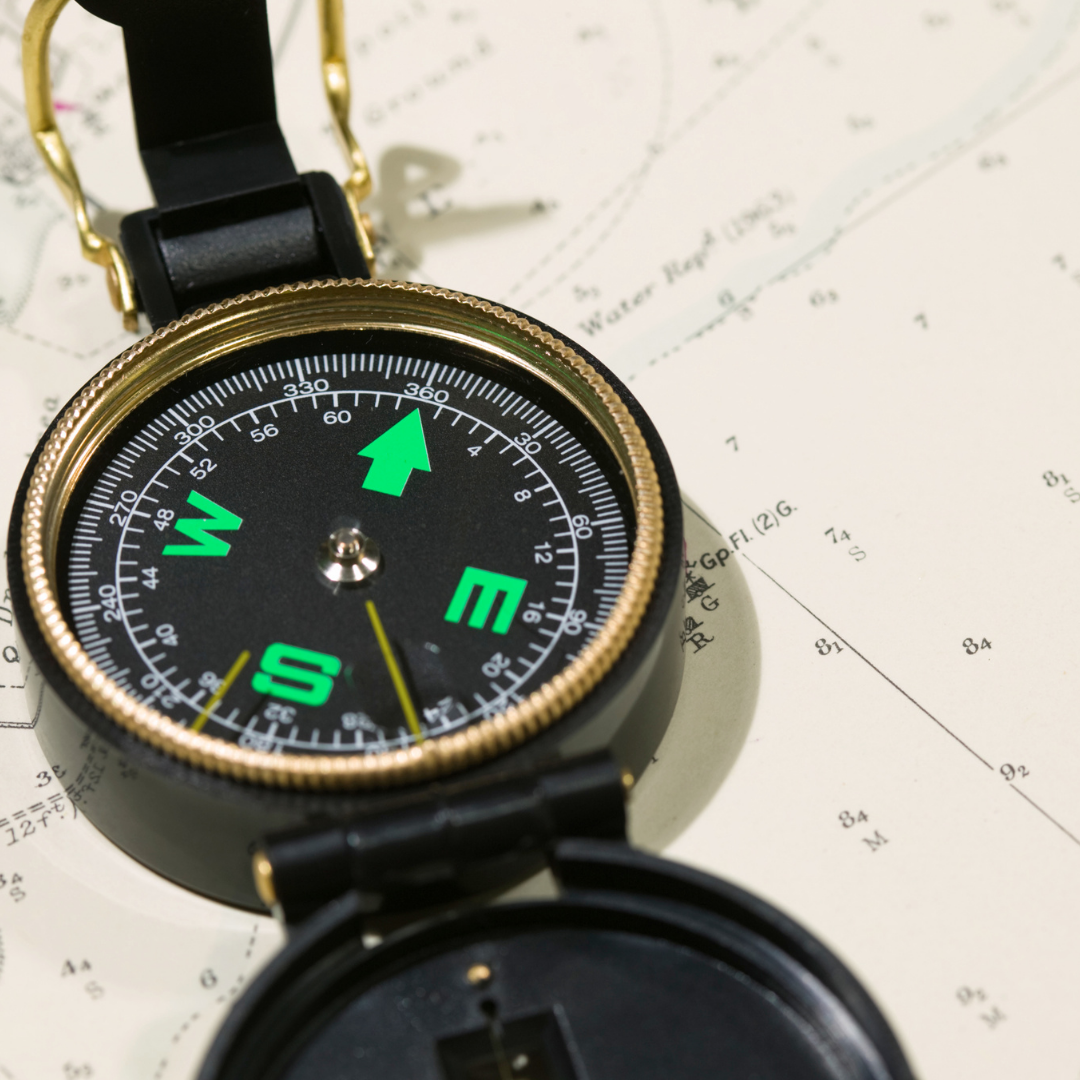
Hull
Inspect closely for cracks, distortions, or blisters, and have them repaired before they turn into bigger issues.
Fluid Levels
From engine oil to power steering reservoirs, check all of your fluid levels.
Cables
You want to pay special attention to cables, and replace them if you see signs of deterioration or wear – like cracks, swells or corrosion.
Fuel Lines, Filter, and Tanks
Inspect fuel lines, check and replace all fuel filters, and check your tanks.
Electrical Connections
Look over all electrical connections to make sure they are tight, and inspect for dirt or damage.
Bilge Pumps and Blower
Check the pumps for leaks, float switch operation, and corrosion. While you’re at it, check the blower in the bilge to make sure it’s humming along.
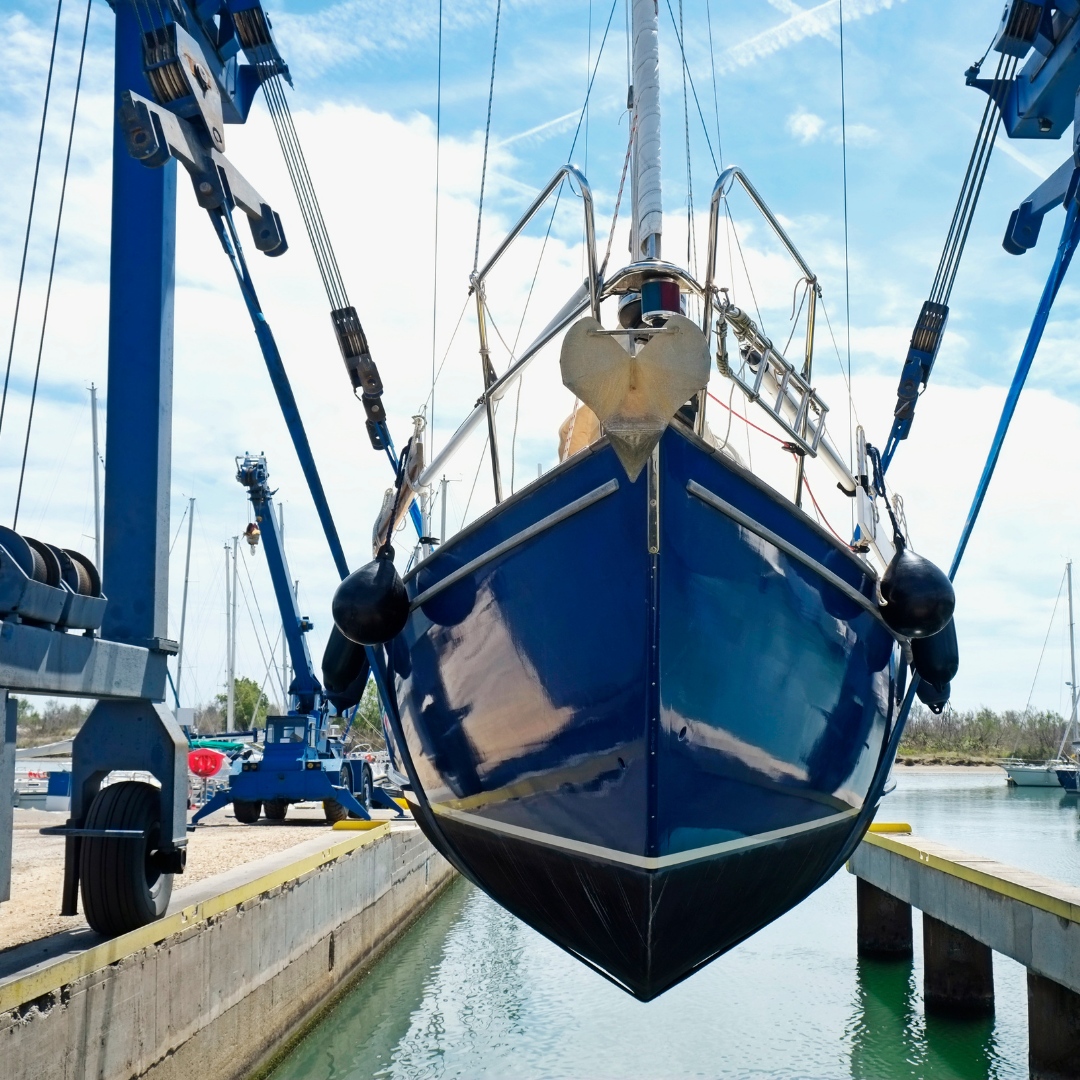




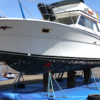


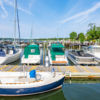

Great advise that all boaters should pay attention to. Here in Southern California, we are able to boat year round. But the semi-annual recommendation to check out your boat is extremely valid.